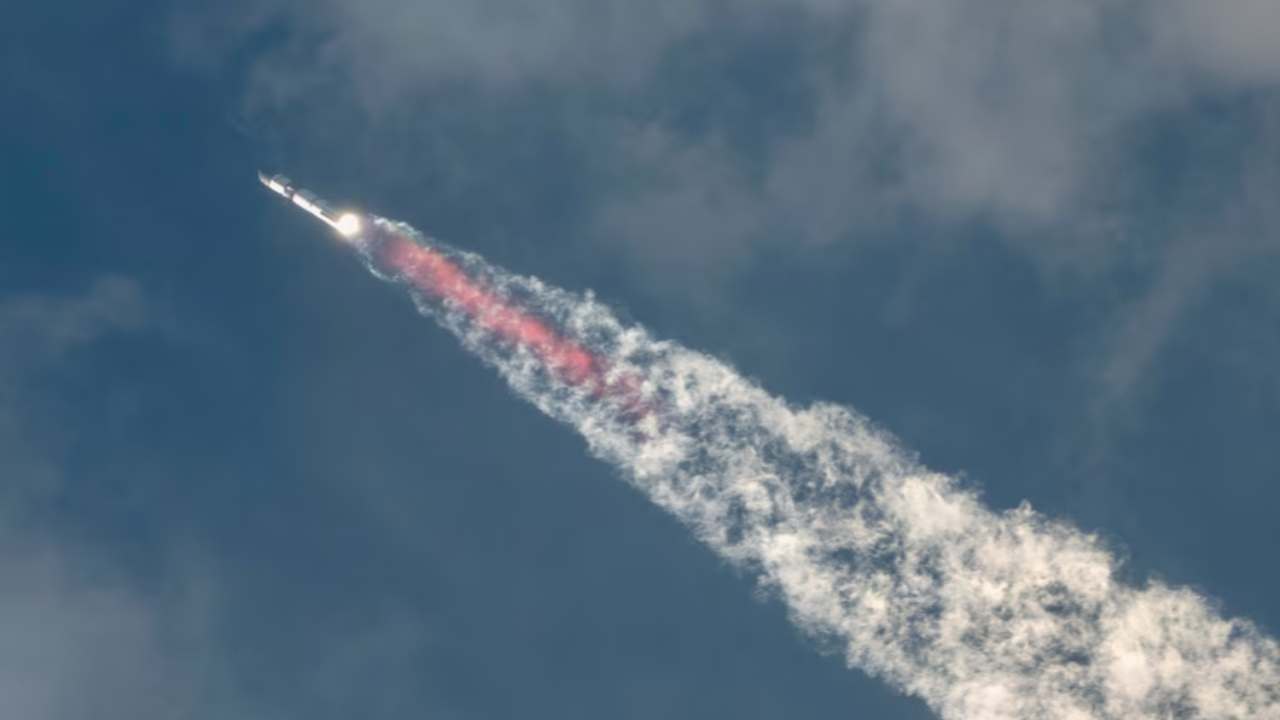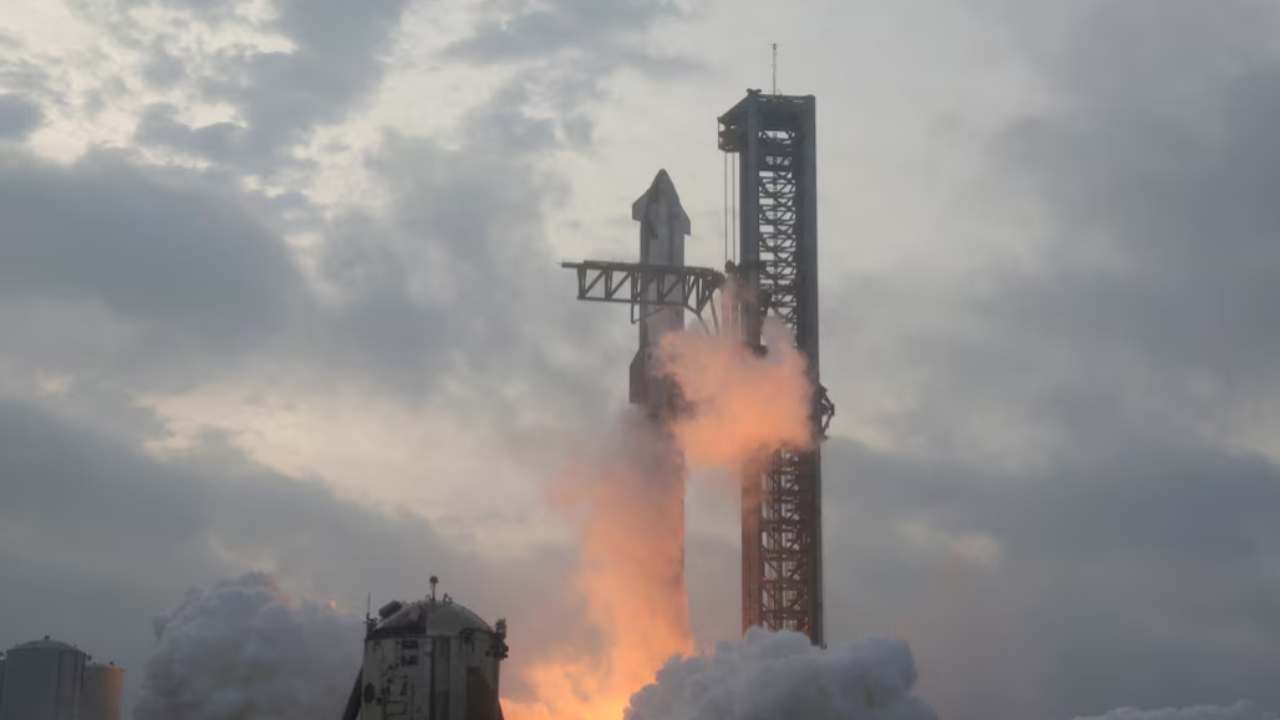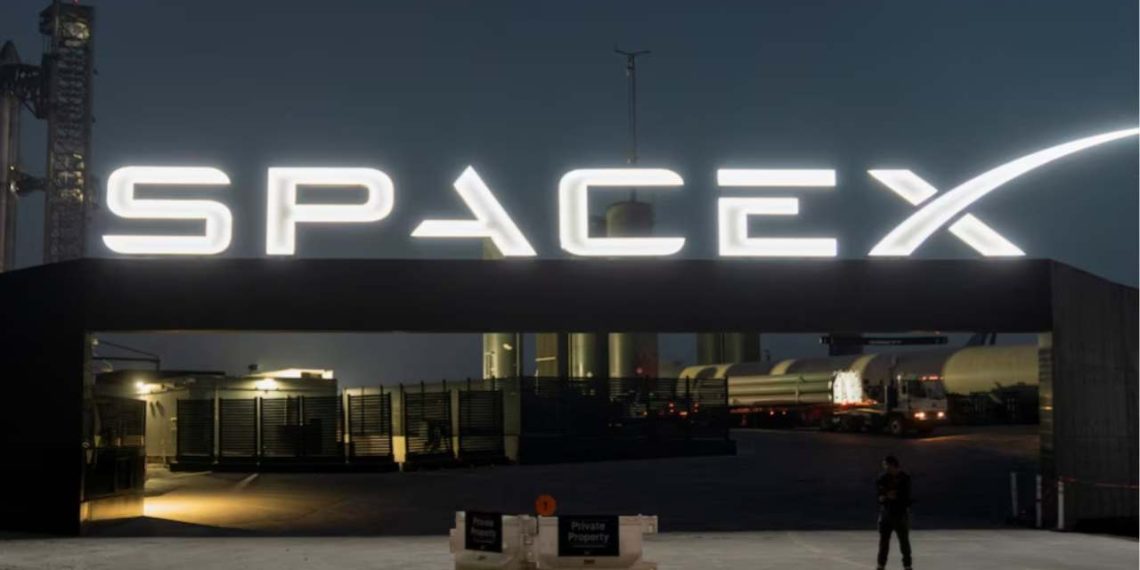SpaceX’s Starship rocket, intended for lunar missions, achieves record distance before disintegration. Webcast reveals communication loss during hypersonic re-entry, mission update awaited.
The spacecraft was approaching a planned splashdown in the Indian Ocean, an hour post-launch from South Texas. Communication blackout follows live feed showing re-entry heat enveloping Starship. SpaceX confirms spacecraft’s loss post-re-entry stress; incineration or breakage.
SpaceX omits crucial engine re-ignition during test flight, reasons unclear. Despite setback, achievement of key flight goals marks progress for Starship.

NASA chief Bill Nelson lauds SpaceX’s “successful test flight.” SpaceX President Gwynne Shotwell hails the day as “incredible.”
The two-stage spacecraft, Starship atop Super Heavy, launches from Starbase near Boca Chica Village, Texas. Starship reaches peak altitude of 145 miles, surpassing past performances.
SpaceX’s risk-tolerant engineering culture drives flight-testing strategy, pushing boundaries for improvement.
Engineering Goals
Thursday’s flight achieved several engineering goals: successful stage separation, payload door operation, and propellant transfer in space. However, SpaceX missed demonstrating Super Heavy rocket recovery.

SpaceX aims for at least six more Starship tests this year, pending regulatory approval. Each failure requires investigation and corrective action for FAA approval before subsequent flights.
Despite progress, numerous demonstrations and missions remain before Starship’s safety for human spaceflight is proven.
Elon Musk anticipates Starship to serve as a versatile spacecraft for lunar and Martian missions, potentially replacing Falcon 9 for commercial launches.
NASA banks on Starship’s success for its Artemis program, essential for lunar missions amid competition with China.
While NASA supports SpaceX’s rapid testing, officials stress the need for accelerated Starship development in the race to the moon.




